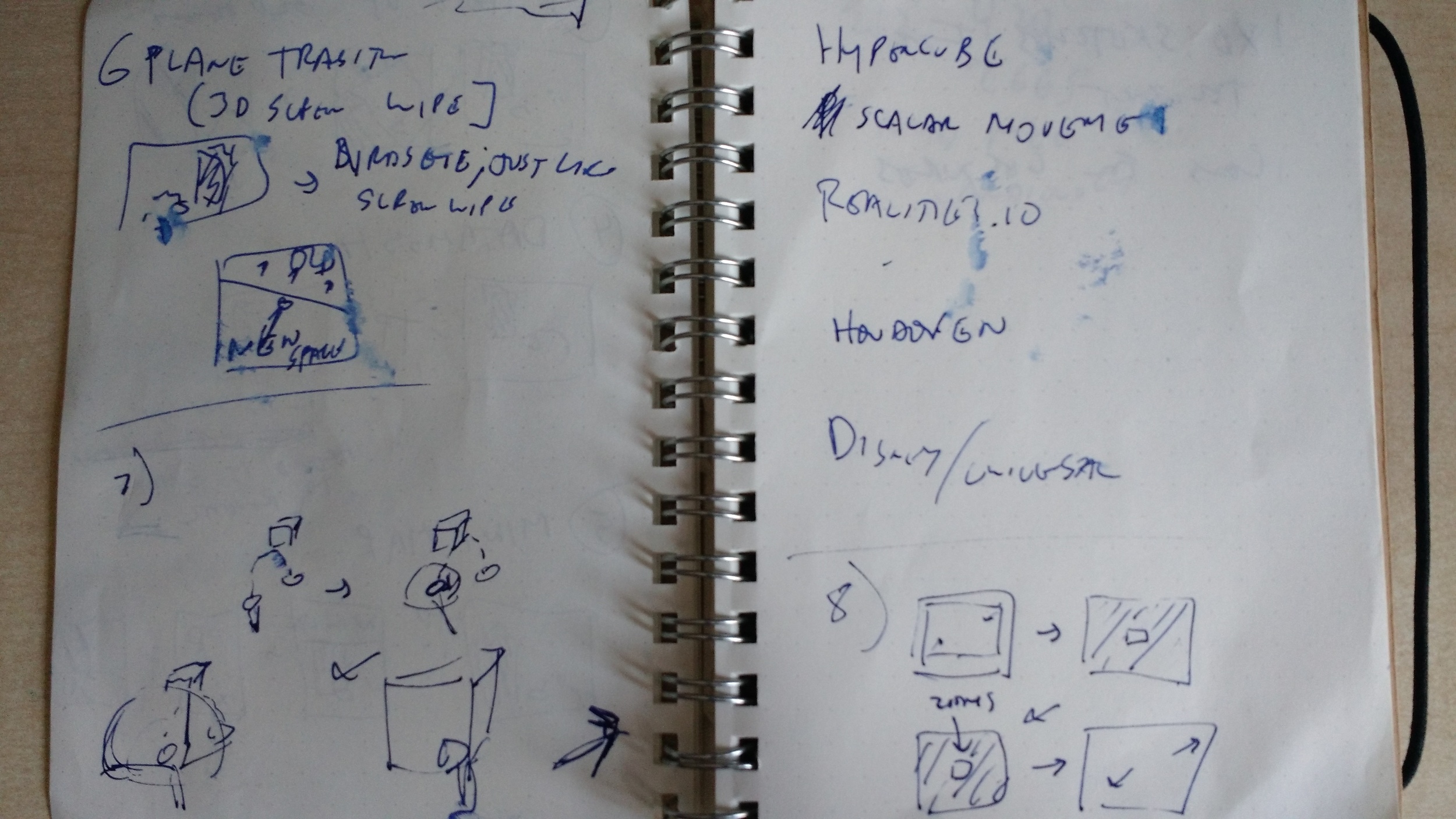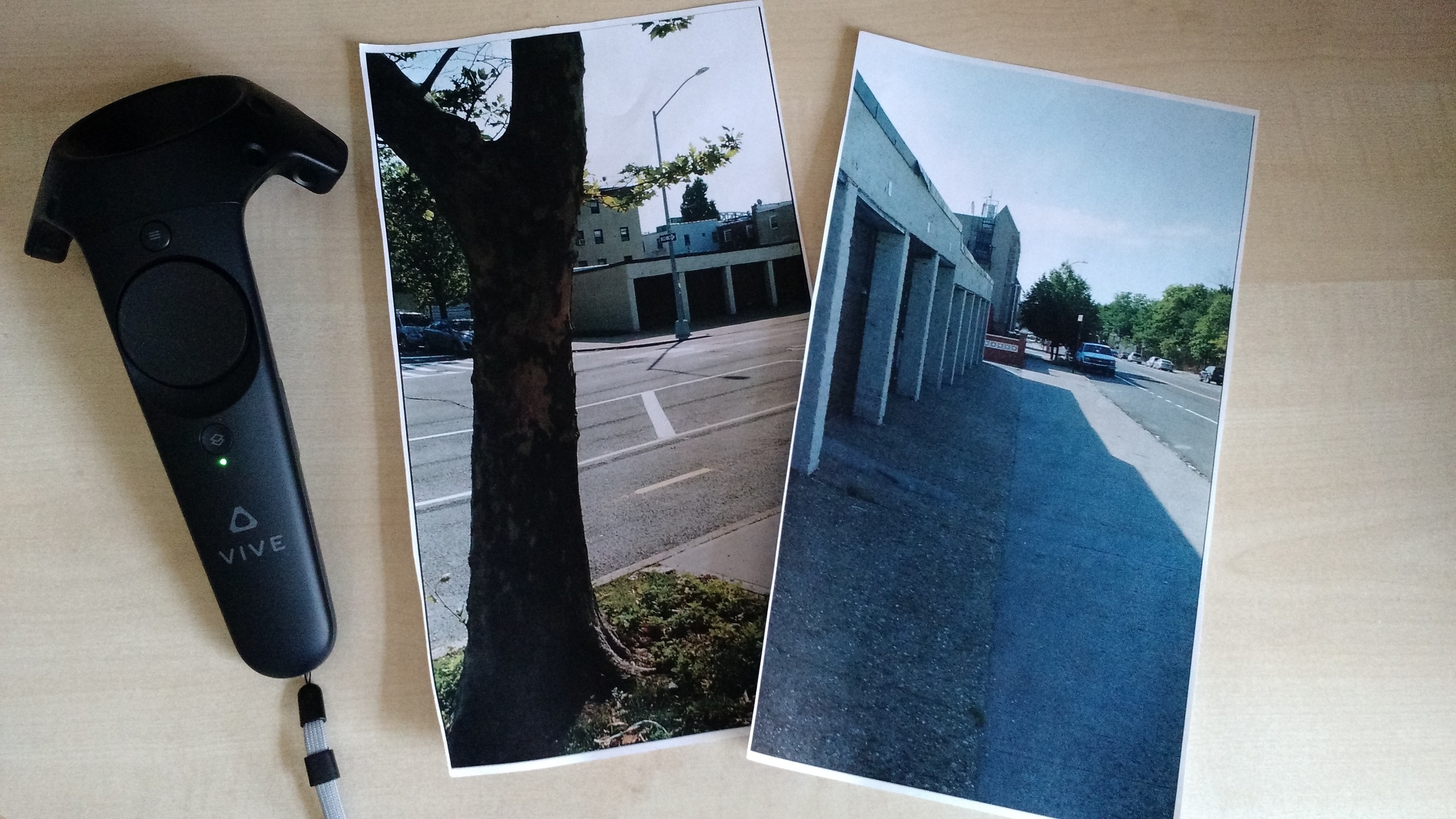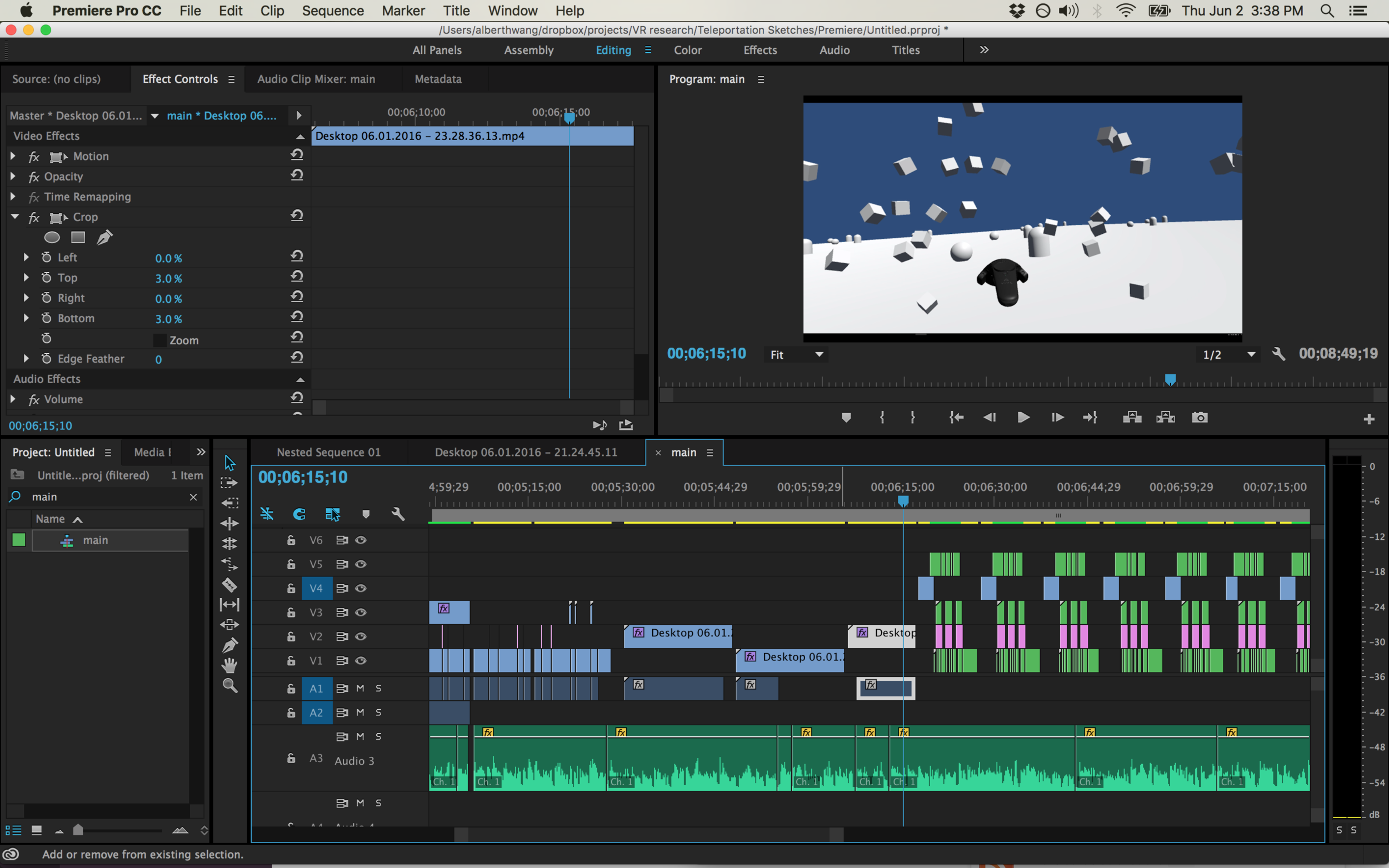After seeing it on networked performers, we felt even better. It validated that it not only felt good from the performer's perspective, but it was also very entertaining to watch.
Celebrating VR Stupidity
One unexpected thing we discovered while testing was that in addition to feeling great, it also felt totally stupid. Perhaps it felt great because it felt stupid. It felt stupid in a good way, like Old Spice commercials.
So when seeking play testers, we'd sell the game as an "intentionally stupid VR experience." This wasn't to hedge criticism. It was because we wanted to share a discovery we made about VR that was indeed totally stupid and awesome at the same time.
I mean, if you look at the mechanics of the game, it's a perfect crockpot of stupid. First off, it's VR. I mean, let's face it: VR on it's own terms looks stupid. You put your face in a brick of plastic and enter a suspended state of stupor. You're so wrapped up in your own magical experience that you lose touch with reality. Back in meatspace, you're completely unable to respond to things that are obvious to everybody else in the room. VR = Textbook Stupid.
Take that, and add dancing in public (while unaware of how public you are), and you have the level of stupid that #WeAreDanceFace can provide.
A Note about Labels and Counterculture...
Celebrating the notion of being labeled "stupid" isn't something that's unique to this project or even VR. I'd argue that all cultural movements have varying degrees of appearing "stupid" to those outside the culture.
For example, if you look at hippies -- here's a culture that, from the conventional perspective of their era, valued sexual deviance and drug abuse over owning up to personal responsibility. They were a group of unwashed kids who lost touch with reality.
The inability for conventional folks to understand the new culture's value system is celebrated by these countercultures. If countercultural actors feel confident in their value system, it only makes sense that they'd want to play up the boogey-man appearances, as if to say: "Screw your labels, we all agree that you simply don't and won't get me, and honestly, that's not my problem anymore."
Designing for Counterculture
I bring this up because #WeAreDanceFace takes the form of a countercultural statement. Instead of treating the we-look-stupid issue as a VR thing we'll someday outgrow, this project directly addresses it by declaring: "This grotesque face-appendage of plastic is totally awesome. So is my dancing and so is this ridiculous 90s song that we're piping in from an alternate reality. Eat me."
To sum it up, our countercultural statement soon became the design thesis for the project: Celebrate VR Stupidity.
The name "#WeAreDanceFace" incapsulates this assertive stupidness. It's bombastic and self-involved. It's also a social, declarative, and performative (something that a band yells at a performance), all of which gets further digitally amplified with a gratingly annoying hashtag.
The hashtag in the name prompted us to get a twitter handle, which we used during the event to publish animated gifs of the performances. I tried my best to accompany each gif with equally bombastic and stupid text (which, by the way, was an exhausting exercise for someone as typically chill as me).









